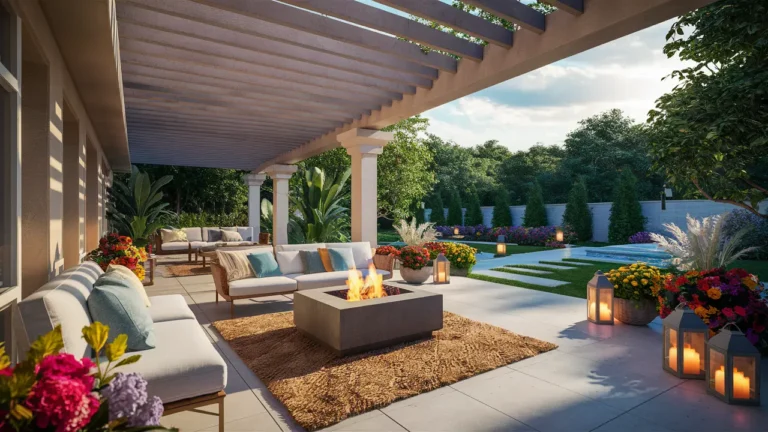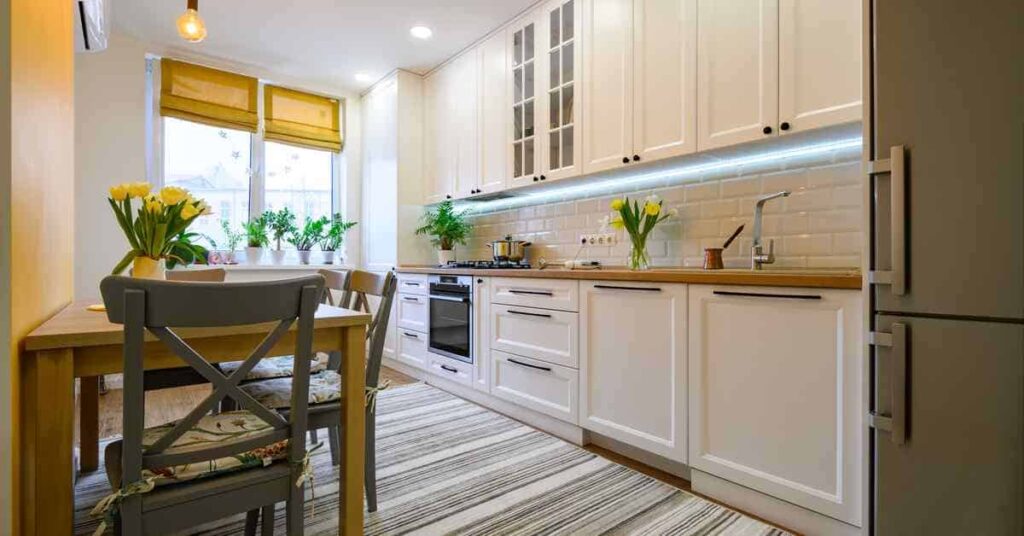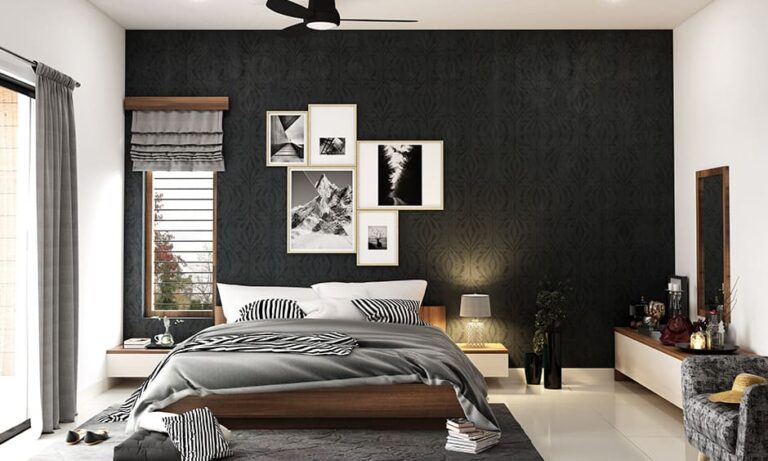Victorian brick houses are renowned for their distinctive architectural styles and enduring beauty. Owning one of these historical gems means taking on the responsibility of preserving its character while ensuring it remains structurally sound and functional. Regular maintenance is crucial in safeguarding the house against the ravages of time and weather. Here are essential tips to help you maintain and preserve your Victorian brick home effectively.
1. Inspect Regularly
Regular inspection is key to maintaining a Victorian brick house. Look for signs of damage or deterioration, such as:
- Cracked or crumbling bricks
- Deteriorating mortar
- Leaks or water damage in the interior or exterior walls
These inspections should be thorough and occur at least twice a year, ideally during spring and fall, to prepare for or assess any seasonal damage.
2. Tuckpointing and Repointing
Mortar joints can deteriorate over time due to exposure to elements. Tuckpointing (repairing the mortar joints) or repointing (removing and replacing old mortar) are crucial in preserving the structural integrity and original appearance of brickwork. It’s important to match the new mortar to the original in color, composition, and texture to maintain the aesthetic and structural qualities of the house.
3. Cleaning Brickwork
Cleaning the bricks can refresh the appearance of your house but must be done carefully to avoid damage:
- Avoid Harsh Chemicals: Use gentle, natural solutions or simply water for cleaning.
- Soft Washing: Instead of high-pressure washing, which can be too harsh for old bricks, opt for a low-pressure wash to remove dirt and grime without eroding the brick surface.
4. Managing Moisture
Moisture is a significant enemy of brick structures:
- Ensure Good Drainage: Make sure the house’s surroundings are well-drained. Water should always be directed away from the foundation.
- Check Gutters and Downspouts: These should be clear of debris to prevent water buildup that can seep into brickwork.
- Breathable Sealants: If sealants are necessary, choose breathable types that prevent moisture retention and allow the bricks to dry naturally.
5. Repair Cracks Promptly
Small cracks can quickly turn into significant issues if left unattended. Promptly filling cracks prevents water from entering and causing further deterioration. It’s often best to hire a professional who specializes in historic buildings to ensure repairs are appropriately done and aesthetically consistent with the original construction.
6. Painting and Coatings
Victorian homes often feature painted trims and details:
- Use Appropriate Paints: Select paints that are suitable for historic homes, typically those that are more permeable and suited to older wood and plaster.
- Regular Touch-Ups: Maintain paintwork regularly to protect against wood rot and to keep the home looking its best.
7. Window Care
Maintain and preserve original wooden windows which are crucial elements of Victorian architecture:
- Weatherproofing: Install storm windows to protect against weather without replacing the original windows.
- Routine Repair: Fix any issues with frames and glazing to prevent drafts and moisture ingress.
8. Professional Help
For certain tasks, especially structural repairs or alterations, consulting professionals experienced in historic preservation is crucial. They can provide guidance that respects the building’s integrity and historical significance.
Conclusion
Maintaining a Victorian brick house is about balancing preservation with practicality. By adhering to these tips, you can ensure your home remains both a beautiful testament to Victorian architecture and a comfortable, safe dwelling for years to come.















